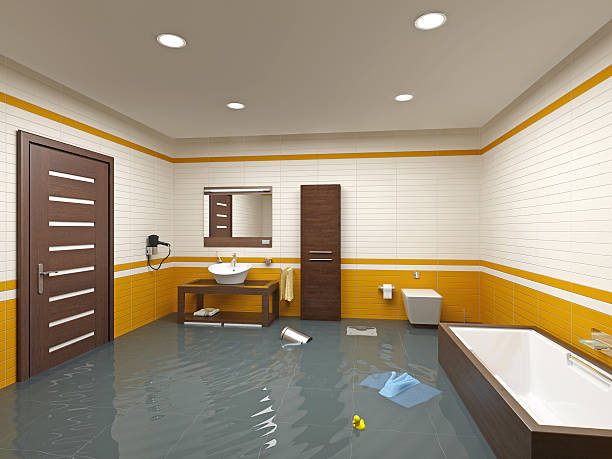Water damage can be a homeowner’s worst nightmare, causing structural issues, mold growth, and irreparable damage to personal belongings. Whether it’s due to a burst pipe, flooding, or a leaky roof, addressing water damage promptly is crucial to prevent further deterioration and restore your home to its original condition. In this comprehensive guide, we’ll walk you through the water damage restoration process, offering valuable insights and practical tips to help you navigate this challenging ordeal with confidence.
Recognizing the Signs of Water Damage
Before delving into the restoration process, it’s essential to recognize the signs of water damage in your home. Some common indicators include:
- Water Stains: Discoloration on walls, ceilings, or floors may indicate water infiltration.
- Musty Odors: Damp, musty odors can signal the presence of mold or mildew resulting from water damage.
- Peeling Paint or Wallpaper: Moisture can cause paint or wallpaper to peel or bubble, indicating underlying water issues.
- Warped or Buckled Flooring: Excess moisture can cause hardwood floors to warp or laminate flooring to buckle.
The Restoration Process
Restoring your home after water damage requires a systematic approach and specialized equipment to ensure thorough remediation. Here’s a step-by-step overview of the restoration process:
- Emergency Response: Upon discovering water damage, contact a reputable restoration company immediately. Quick action is essential to minimize damage and prevent mold growth.
- Assessment and Documentation: Restoration specialists will conduct a comprehensive assessment of the damage, documenting the affected areas and determining the source of the water intrusion.
- Water Extraction: Using powerful pumps and extraction tools, professionals will remove standing water from your home, including waterlogged carpets, furniture, and other porous materials.
- Drying and Dehumidification: High-powered fans and dehumidifiers are deployed to dry out the affected areas thoroughly. This step is crucial for preventing mold growth and secondary damage.
- Cleaning and Sanitization: All surfaces are thoroughly cleaned and sanitized to remove contaminants and inhibit mold growth. Specialized techniques and cleaning agents are used to restore your home to a safe and habitable condition.
- Restoration and Repairs: Finally, restoration specialists will repair or replace damaged materials, such as drywall, insulation, and flooring. Structural repairs are conducted to ensure the integrity of your home.
Conclusion
Water damage can be a daunting and emotionally taxing experience for homeowners. However, with prompt action and the assistance of experienced professionals, you can mitigate the damage and restore your home to its former glory. By understanding the signs of water damage and following a systematic restoration process, you can minimize disruption and reclaim your living space. Remember, addressing water damage promptly is key to preventing further deterioration and ensuring a successful restoration outcome. Don’t hesitate to seek professional help and guidance to navigate through this challenging time. With patience, perseverance, and the support of trusted restoration experts, you can overcome the challenges of water damage and restore your home to its rightful state.



Leave a Reply